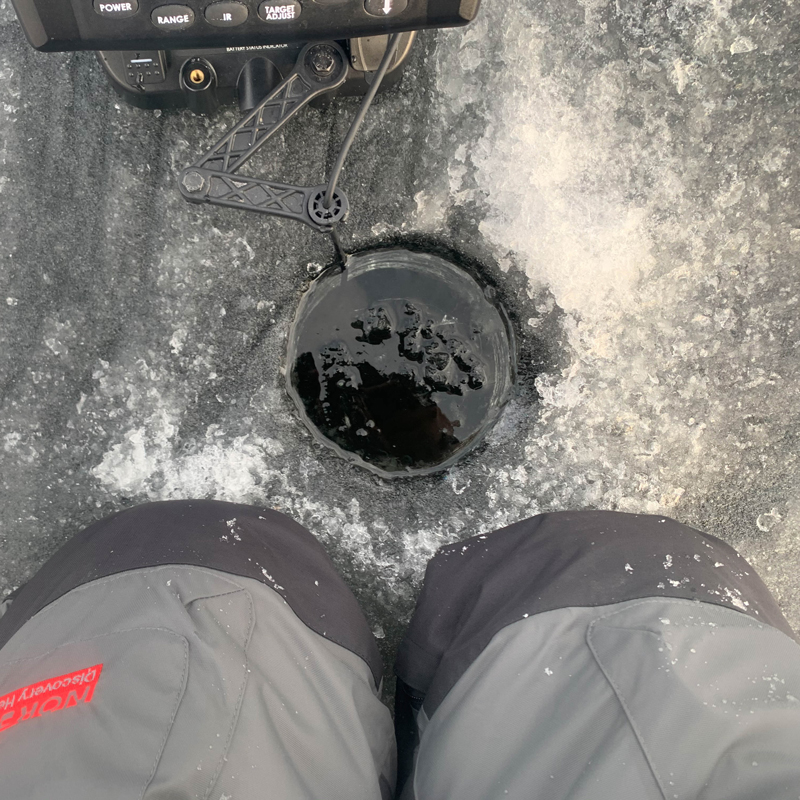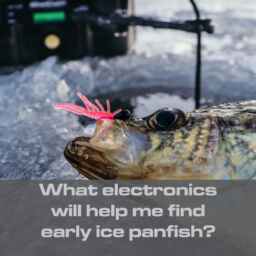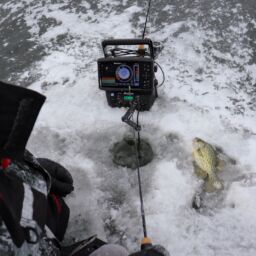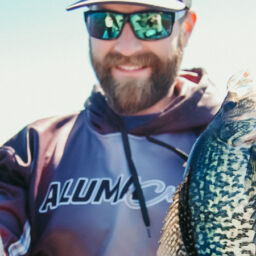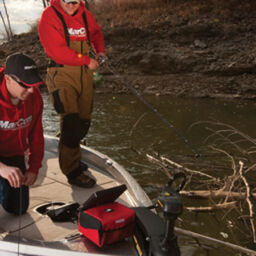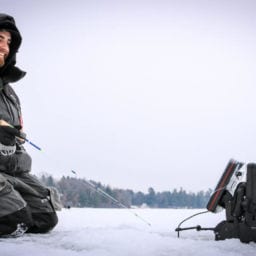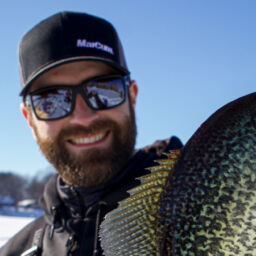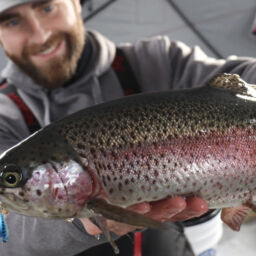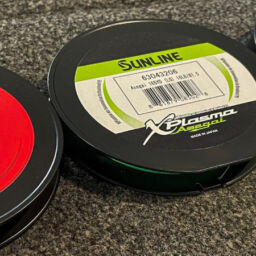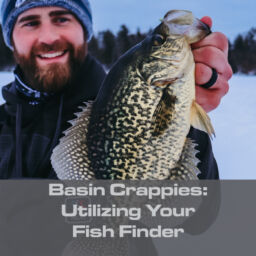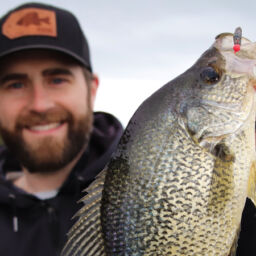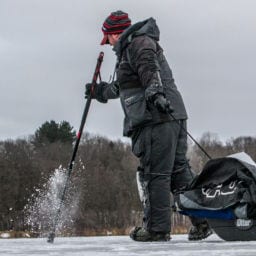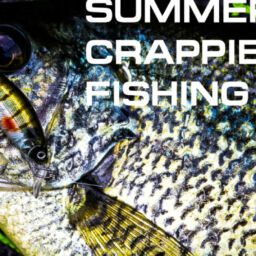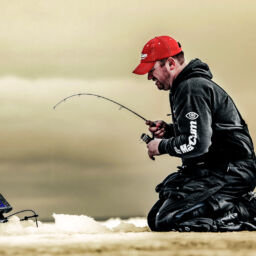Safety First with Blake Tollefson
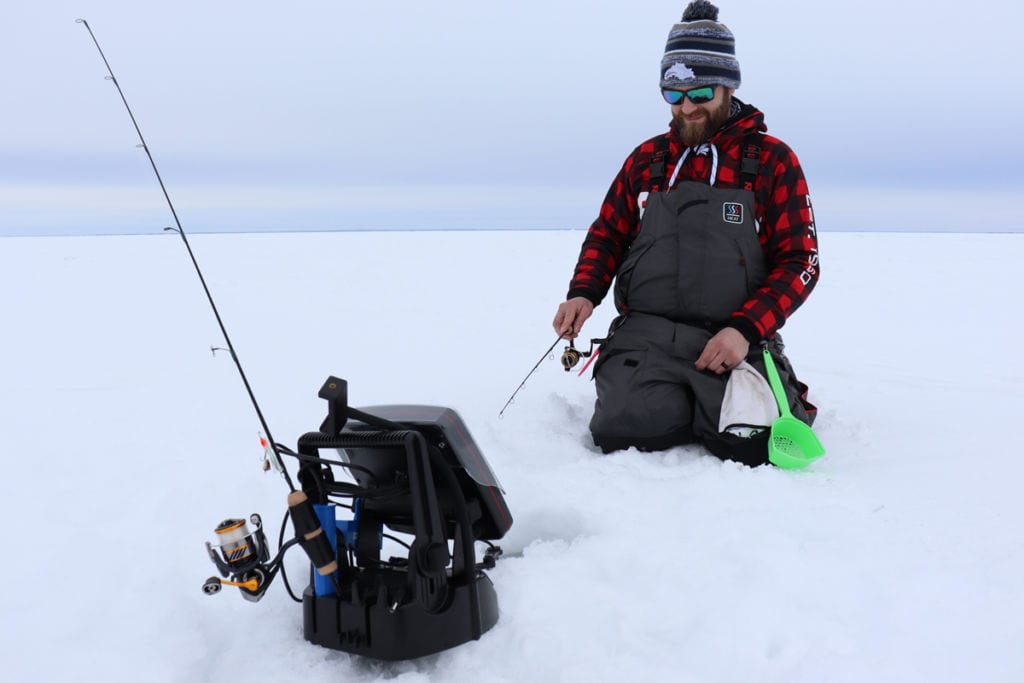
The hardwater season is fast approaching. All across the Northern United States and Canada, anglers are taking their first steps on frozen water. Now is the time to ensure electronics, rods & reels, and augers are in working order — and that tackle is fully organized.
Aside from the obvious fishing gear, there is some vital equipment you should have before you take that first step on hardwater. Safety concerns are very real throughout the ice fishing season, and especially at first ice. Safety precautions for first ice can be categorized into a handful of major groups.
- Floatation: Floatation is vital to first ice safety. Invest in a floatation suit or bring along a life jacket if you’re going to venture out on first ice. If you find yourself in an uncomfortable situation, having some floatation can make all the difference. There are numerous brands & styles on the market, so do some research and check them out before making a purchase.
- Prevention (Spud Bar): A spud bar is, without a doubt, one of the most important pieces of equipment available for first ice fishing expeditions. Take a swing with your spud with every step you take on early ice. Water bodies don’t always freeze evenly. If your spud goes through, turn around and take the trail you came in on. Take the time to determine what each swing means in terms of ice depth for you specifically. A given number of swings of the spud might mean two to three inches of ice for one angler and three to four for another angler. Find out what is most accurate for you and proceed with caution. Adding a stick ruler or notch marks to your spud bar is a great tool for quickly measuring ice thickness.
- Rescue (Ice Picks/Throw Rope): Ice picks and a throw rope are a must have for first ice expeditions. Keep the picks on your person (i.e. around your neck) and the throw rope nearby to they are easily accessible. If you or your buddy end up the drink, it is important to have these safety rescue items nearby. Picks will help you to pull yourself out of a bad situation.
- Traction (Cleats/Crampons): First ice conditions are often slick. Snow pack on lakes is often infrequent during this timeframe, so expect direct contact between your boots and the ice. Don’t risk ending your ice season before it even really starts by neglecting to wear a pair of ice cleats. A relatively cheap investment to help keep you upright.
- Buddy System: Always go with a friend. If either of you ends up in an unexpected situation, you will have back up to ensure you both make it home safe and sound. Let some loved ones know where you are heading and what time they can expect you home.
- Lightweight: Pack light. Plain and simple. It’s not necessary to haul every piece of ice fishing equipment you own on first ice. Bring only the necessities. Invest in a lightweight sled for hauling the bare necessities. Any fisherman can make do with a few rods & reels, tackle, electronics, and auger. Save all of the bonus items for later in the season.
- Familiarity: Go somewhere familiar. First ice is not necessarily the best time to go explore new waters. It’s a good idea to start with a small body of water you are familiar with. If you’re somewhere unfamiliar, reach out to locals, and remember to bring a buddy.
Keep in mind that no ice is truly safe, so it always recommended to proceed with caution. Don’t rely on others to tell you that ice is safe. Go with a friend, the proper equipment, and always remain cognizant of your surroundings and ice conditions. By being aware and prepared, you can ensure you that you enjoy yourself and make it home
